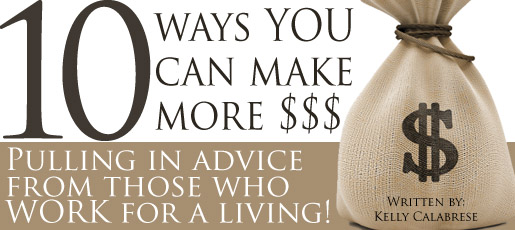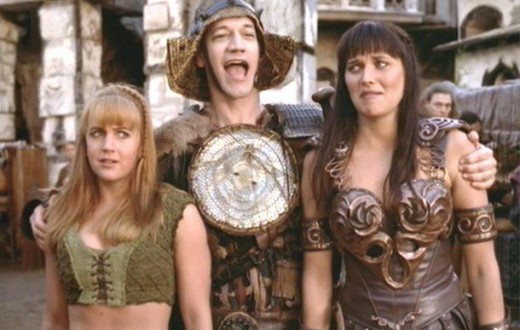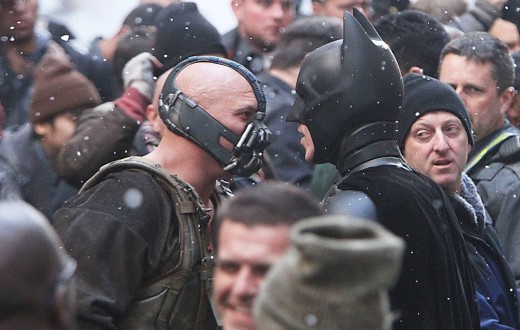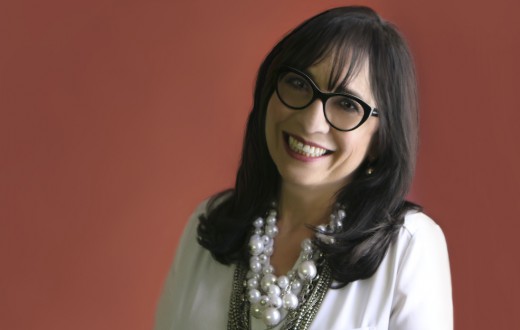“You are as young as your self-confidence, as old as your fears; as young as your hope, as old as your despair.” – Samuel Ullman
Age for actors can often be a touchy subject. We are by nature vain creatures; after all we adore being looked at, and you want what people are looking at to appear its best.
But we have to force ourselves to face reality when it comes to age. We’ve all probably witnessed the tragic spectacle of a play where the role of the ingenue or leading man was played by a board member or theater company founder who is somewhere north of 50, a long way from youthful folly, to say the least.
But that’s an obvious error (obvious to everyone except the person trying to hang on to youthful roles, apparently). One big mistake that is more subtle that many actors make is using headshots that don’t reflect their age or the types of roles for which they are best suited. Here’s a few ways to make sure that your headshots match the true you.
1. Due Diligence
A headshot doesn’t exist to feed your vanity. It’s a marketing tool, and as such it’s vital that we are brutally honest with ourselves when it comes to headshots. And in order to do that we have to understand the ocean into which we are going to be swimming. Get on IMdB and check out some other actors near your age who play the type of roles you see yourself in. There is a distinct difference between headshots designed to land comedy roles and those for actors who work in dramas, for instance. And by studying the way big-time actors market themselves – marketing which often involves a highly-paid and highly-skilled team of professionals – you can benefit from their expertise without spending a dime. That’s not to say you should mimic them exactly, just that it’s important to note that there are ever-changing trends in the business, and the people who market highly-paid actors are in the loop.
2. Color Inside the Lines
While you are doing your research, take note of the headshots that are used on, say a police procedural versus a family sitcom. The facial expressions of the actors is not the only thing selling the particular type of show – so is the color palette. You’ll start to notice that the serious dramas favor dark, sober colors, lots of blacks and grays, whereas the comedies are awash in bright, happy pastels. So when you go to get your headshots taken, be sure to confer with your photographer on what types of roles you are interested in, so he or she can find appropriate locations. If you’re reading for a kid’s show, a dour headshot featuring a glowering scowl while wearing all black isn’t doing you any favors.
3. Dress It Up
In keeping with the above note, make sure your color palette in terms of your wardrobe is in keeping with the kinds of roles you see yourself reading for. But beyond that, it’s important to be aware of the image you are presenting with the kinds of clothes you wear. If you are hoping for roles in serious dramas, dressing like a 12-year-old skater kid won’t help. Conversely, if you are in your early 20s and hoping to land television comedy roles, wearing a dark suit for your headshots is probably not a good idea. In addition to color, keep in mind that high-necked dresses for women and high neckline shirts for men come across as more severe and serious, whereas t-shirts and more open tops present as more open and friendly. You want to make the job of the casting team as easy as possible — don’t force them to work in order to imagine you in the role; paint the picture for them.
4. Do Your ‘Do
They say the camera adds ten pounds; a hairstyle can add or subtract ten years. Ladies, if you take your headshots with your hair tied back in a bun, you will come across as more serious. And guys, if you gel your hair up in a series of spiky angles, it comes across as youthful – but sometimes not in a good way. Have you ever seen one of those older guys who has a complicated, gelled-out ‘do that would look more appropriate in a fraternity rather than in an office? It looks desperate, and it looks weird. Here’s where that honesty has to come into play again. You may love your kick-ass new haircut, but it’s also possible that it is limiting your castability. There’s no right or wrong answer, but just be aware that you are telling a story in your headshot, a story that people take in a matter of seconds, so every millimeter of that 8 x 10 picture is important.
5. Personality
In keeping with the above, remember that not only are you telling a story with your headshot; you ARE the story. Who are you in this headshot? Are you fun, engaging, open, and friendly? If you are angling for a role as a detective on a police drama, that’s probably not the look you want. Taking the perfect headshot is so much more than simply propping yourself up in front of a camera and managing not to fall over while the shutter clicks. You should treat a headshot session as if it were any other acting job: take the time to warm up and get into character. Who are you and what is your objective? Give yourself some direction. Before you get in front of the camera, you might even run some lines from a role you’ve played previously that fits with the type of image you are trying to project to get yourself in the proper head space.
The headshot is one of the most basic tools of the acting trade, but it’s also one of the most important. Think of it like currency: you wouldn’t go around casually leaving your wallet on the seat next to you on the train or on the counter in a public restroom. Be just as careful and thoughtful with your headshots and you will land the roles you want!







